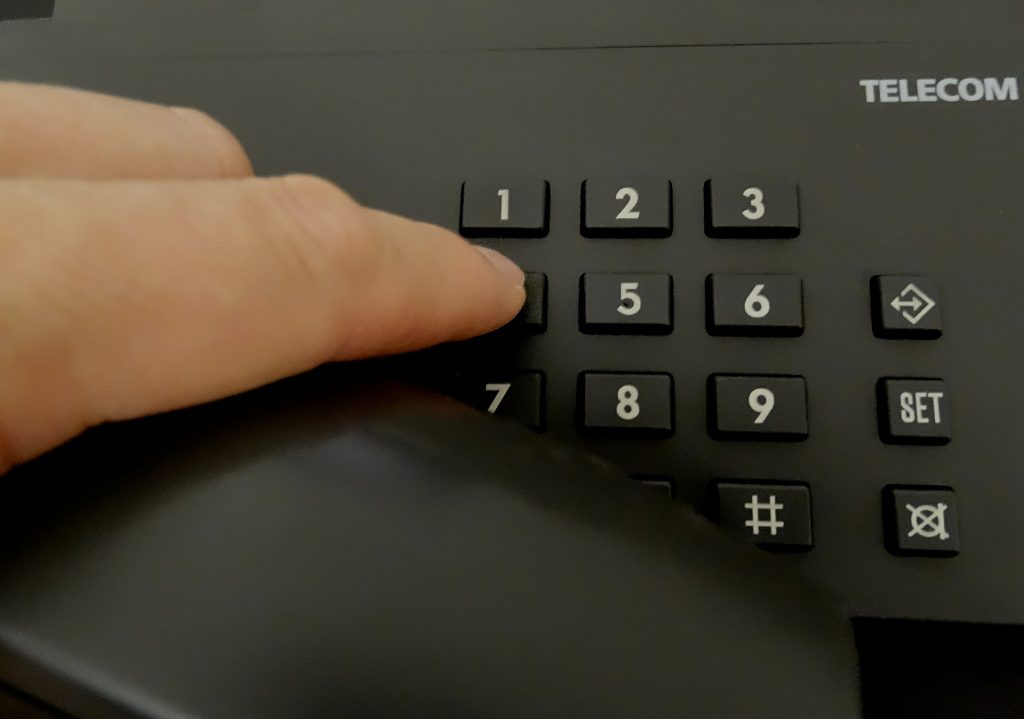How Much Jitter is Acceptable?
May 31, 2018
Category: VoIP
Ideally, jitter would never occur—your phone calls would always be clear, and your Internet browsing would never lag. Unfortunately, technology seems to have a mind of its own sometimes, especially when the equipment you use to connect is outdated. In fact, jitter occurs more often than you think—you just may not be able to tell.
Let’s take a closer look at what an acceptable level of jitter is for communication and streaming purposes.

Jitter in Milliseconds
Jitter, the amount of variation in latency/response time (or: when information is communicated out of order), is calculated in milliseconds. Notably, jitter can occur and you might not even notice it. This is because computers and routers are able to reroute the information, correcting it before it causes an issue. In these cases, the amount of jitter is likely very low–below three milliseconds.
Of course, the higher the amount of jitter, the more problems it causes. Issues often arise at around three milliseconds and higher. Between five and 10 milliseconds, phones become unusable, as service will go in and out like you’re in a bad cell phone area. On the Internet, the connection will be too slow and/or laggy to use effectively.
All of this considered, an “acceptable” level of jitter is between one and three milliseconds–little enough that it can be corrected, and if any issues do occur, they are brief and quickly resolved. Any more than three milliseconds will invite persistent, intrusive issues that will interrupt your VOIP experience.
Final Thoughts
In a perfect world, jitter would never be acceptable; unfortunately, it is a part of operating technology. Thankfully, Datastream has the tools in place to help prevent jitter and, if you are already experiencing it, has experts that can consult with you to help you resolve those issues.









